Health apps and not RATs are telling people they have Covid
Despite not having symptoms and often testing negative on RATs, these people were alerted to having Covid in some very strange ways.
With the Omicron wave infecting staggering numbers of people around Australia, an odd trend has emerged in the way some people are being alerted to symptoms.
With reports that many cases of Omicron cause milder illness in fully vaccinated people than previous variants, symptoms can be harder to pinpoint early on, if at all. Yet those who regularly use health tracking devices and apps might have a slight advantage, according to several Australians who have tested positive this year.
Brisbane woman Sally Larson first decided to test for Covid when her fertility-tracking app alerted her to a change.
“I use an app which records my daily temperature as a way to monitor my cycle,” said the 37-year-old, “and a couple of days after New Year’s Eve, it came up with a notification I’d never seen before. It gave me an alert that my temperature was outside of my normal range, and that I could be ill or might have entered it incorrectly.”
Stream more tech news live & on demand with Flash, Australia’s biggest news streaming service. New to Flash? Try 14 days free >

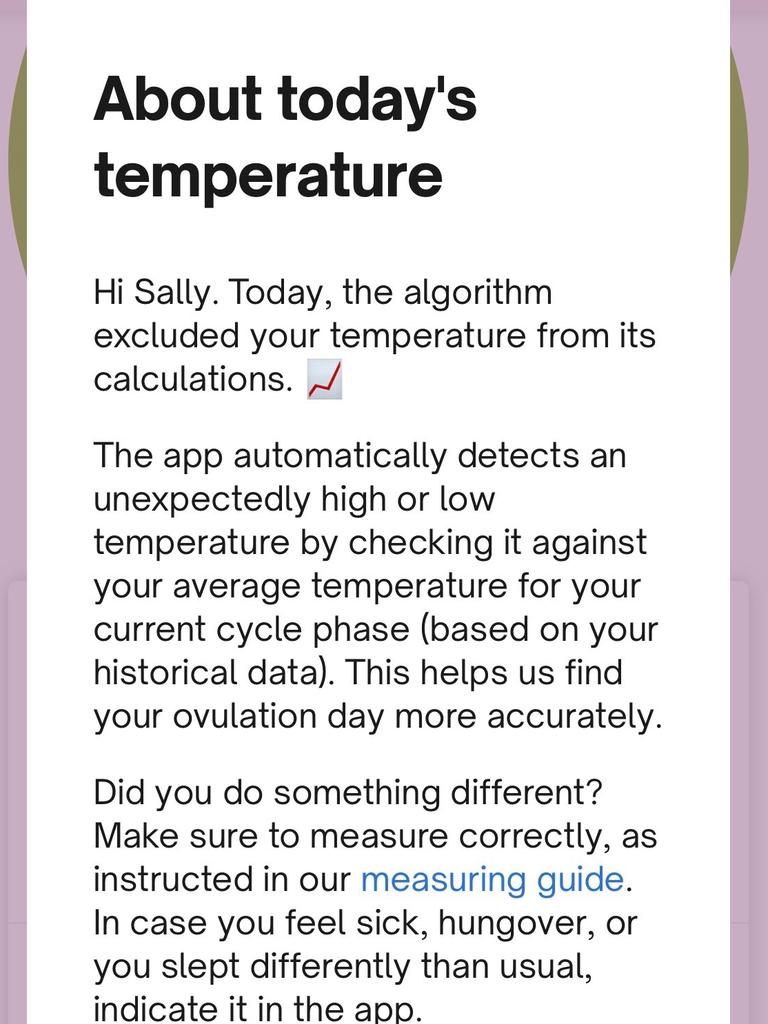
Apart from some fatigue, which Sally assumed was due to a packed schedule over the silly season, the odd temperature was her only symptom, but it was enough to convince her to do a rapid antigen test.
“I’d given away my last RAT to a friend at work who needed it, and of course I couldn’t get my hands on one, but a very kind friend dropped a test over and in less than a minute it came up positive.”
Interestingly, the temperature recorded was still under 37.5 degrees – generally considered ‘normal’ by medical standards.
“For me though, it was high – I usually have quite a low body temperature, so in terms of a classic ‘fever’ it wouldn’t have even registered if not for the app having months’ worth of data,” Sally said.
Sydney father-of-two Scott Warren was on the lookout for symptoms after his whole family tested positive in mid-January.
“My eldest daughter tested positive on the Sunday, then my wife and younger daughter on the Wednesday,” he said, “but I was pretty sure I was going to test positive in time.”
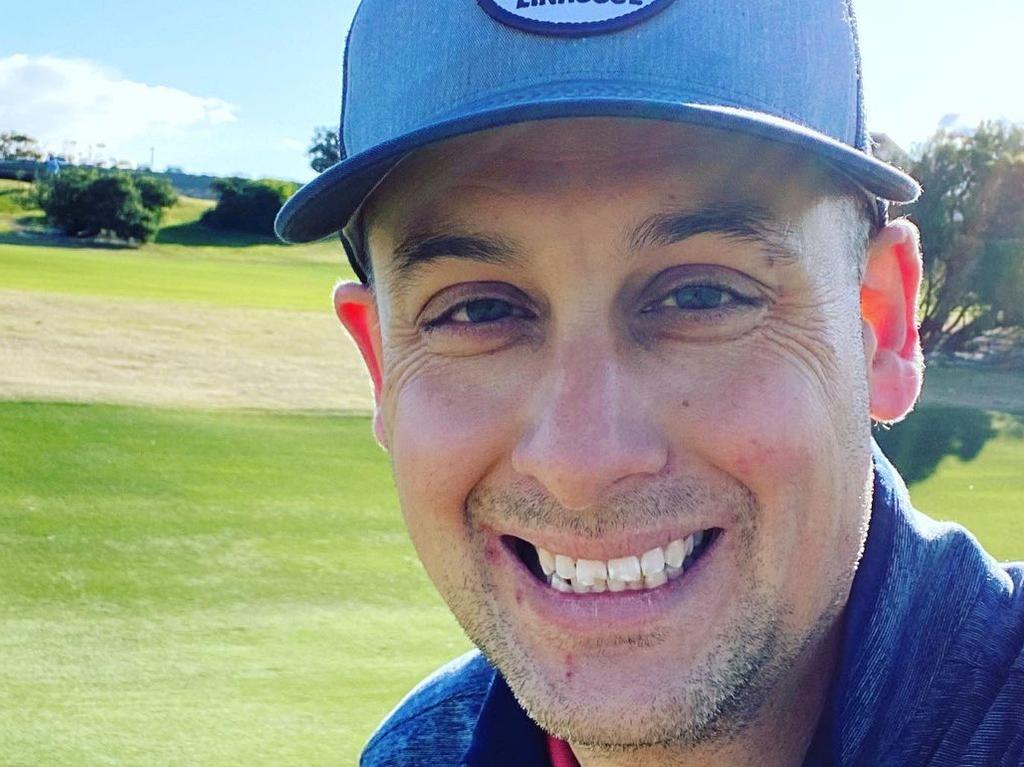
That time came the day later, when Scott – who was still feeling fine – got some interesting data back from his fitness-tracking app.
“Whoop, my health tracking device, collects a number of metrics about my health – resting heart rate, respiratory rate and heart rate variability,” Scott said.
“The day before I tested positive, the app informed me that my recovery while sleeping was way down. I’d asked almost identical things of my body each day – similar eating patterns, no heavy drinking, no strenuous exercise. The only thing different was the impact of Covid infection on my body.”
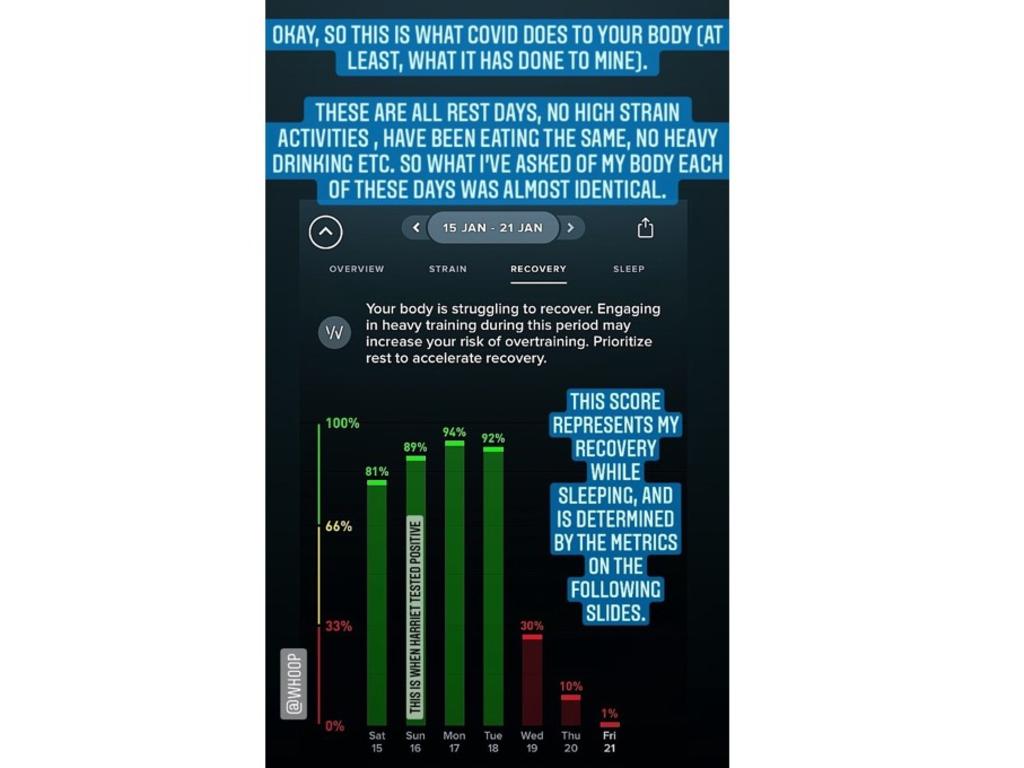

Scott’s resting heart rate was up by 50 per cent, his respiratory rate was significantly above his normal range and his heart rate variability had dropped.
“I wasn’t surprised when I tested positive on a PCR the following day – even though I never once got a positive RAT,” he said.
“I think it’s incredibly interesting, what these kinds of apps can tell us about our health if they have the data.”
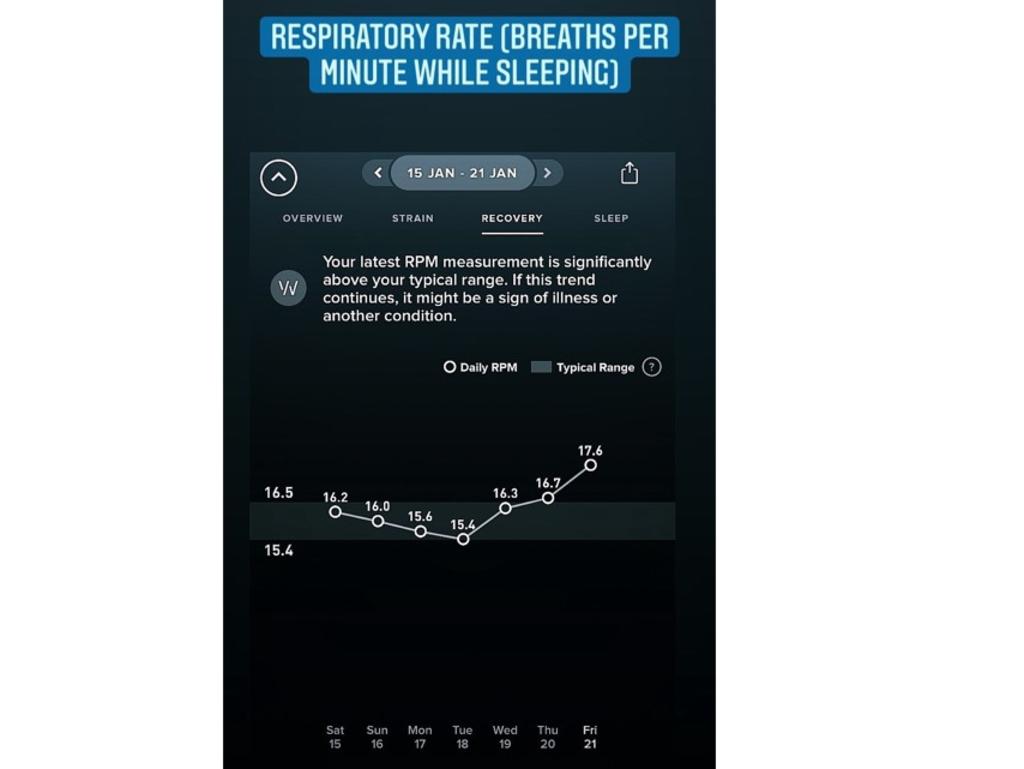
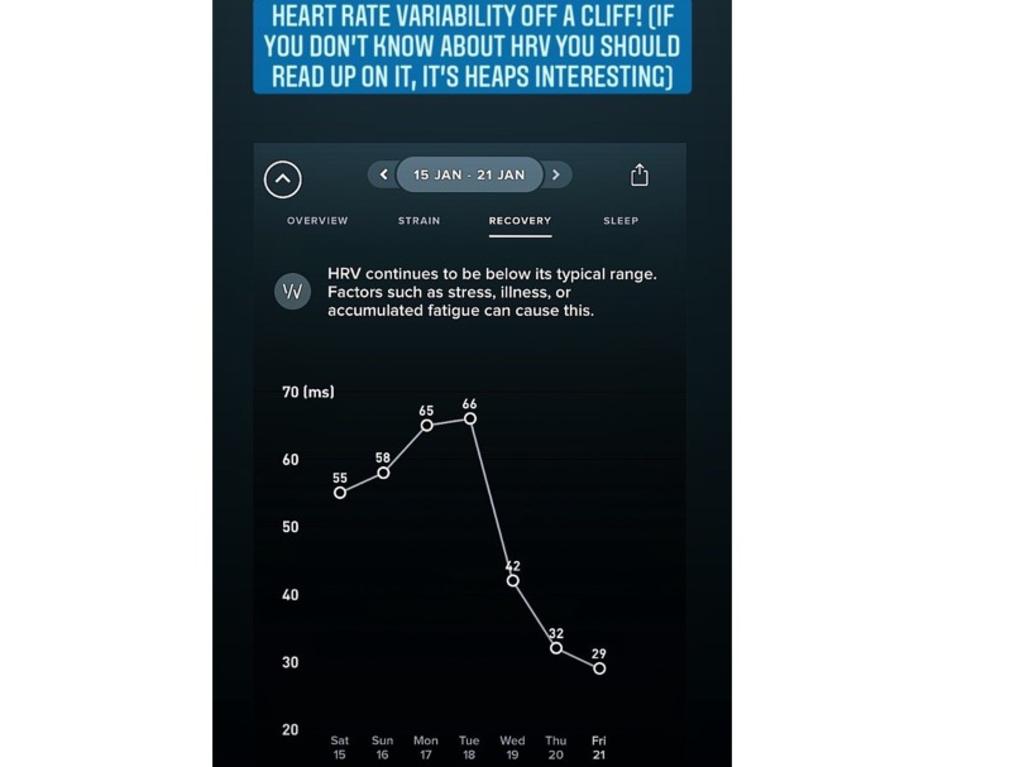
In fact the makers of Whoop, Scott’s health tracking device, have spent a lot of time looking at the data from consumers who have tested positive to Covid-19, and claim to be able to predict 80 per cent of symptomatic cases purely through changes in their respiratory data.
Melbourne personal trainer Bernadette Knight was isolating after being deemed a close contact, and made it through without any symptoms and a negative RAT on day six.
“To celebrate my release, I went on a 10km run on my first morning of freedom,” she said. “Except I noticed it seemed a lot more difficult than usual. At first I thought it was just because I’d been cooped up inside for a week.”
When Bernadette returned home and checked the stats on her smart watch, she noticed her heart rate was significantly higher than usual.
“I took another RAT and this time, it was positive. Another seven days of isolation was a bitter pill to swallow, but I am glad my watch alerted me to it all the same – otherwise I might have been out there infecting people.”
Dr Karen Price, president of the Royal Australian College of General Practitioners (RACGP), said the types of symptoms people notice through their health-monitoring apps are associated with Covid and other viruses.
“We do find that people can become tachycardic in response to the beginning of a fever, and certainly we see it in both adults and children,” Dr Price said.
She does, however, caution against relying too heavily on apps and monitors, particularly when it comes to Covid-19.
“While elevated heart and respiratory rates are both recognised signs of the body battling a virus, it is important to note that the Omicron variant is still relatively new, and we are still learning its intricacies,” she said.
“Remember, these apps are not a diagnostic tool and we mustn’t rely on products that are not TGA-approved. That said, it may certainly be valuable to understand more about our health through this type of data-tracking.”
Bek Day is a freelance writer.





